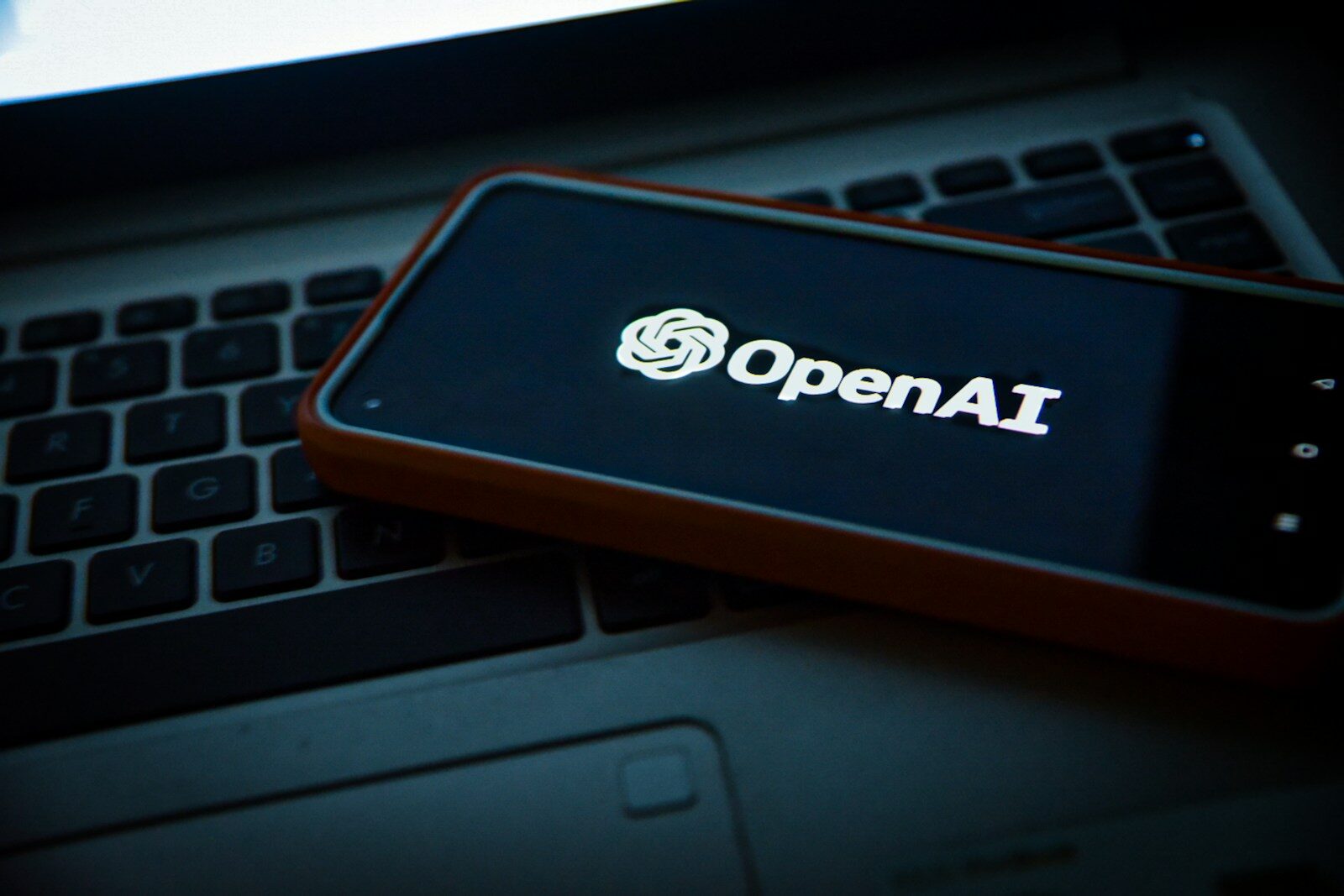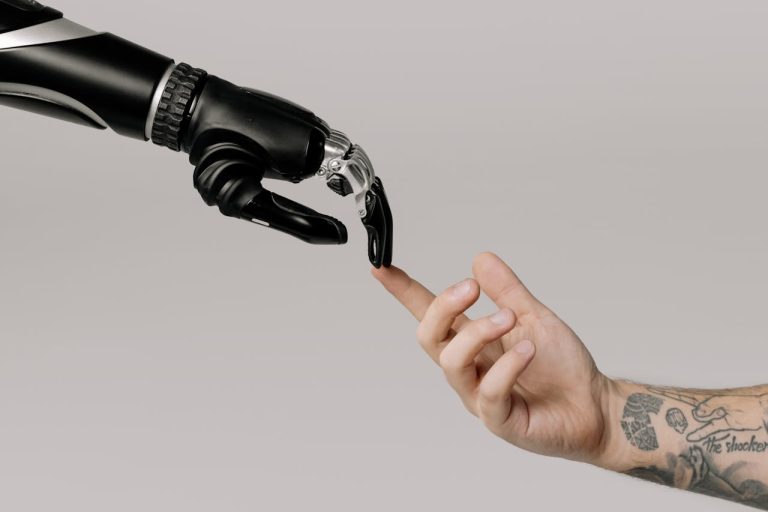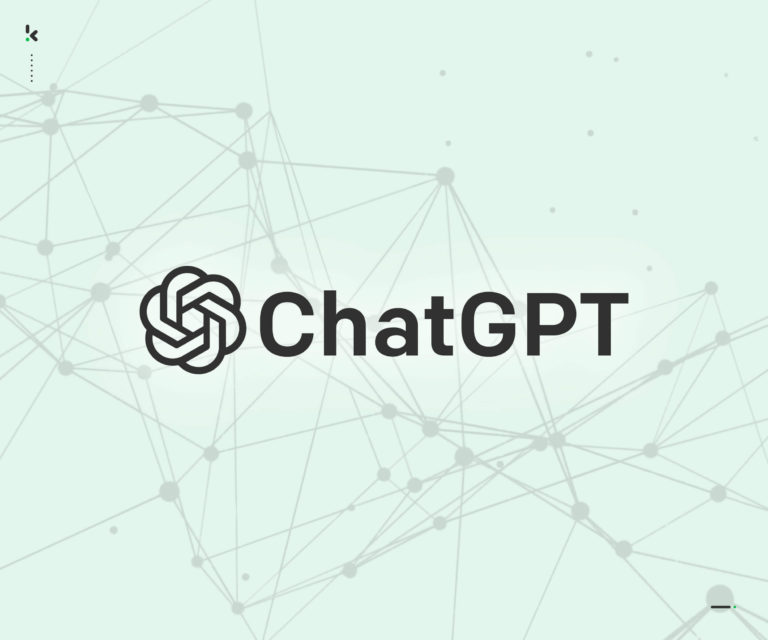OpenAI Unveils Aardvark — an AI Security Researcher Designed to Detect and Fix Vulnerabilities

A new artificial intelligence (AI) agent that can function as a software security researcher was unveiled by OpenAI on Thursday. The AI agent, named after the African mammal famed for its digging skills, Aardvark, is able to analyze, find, and address vulnerabilities in various systems and software. The San Francisco-based AI behemoth has now made Aardvark available in private beta after initially using it internally. OpenAI hopes to verify and improve the agent’s performance in practical situations by allowing partners to test it out.
The Agentic Security Researcher from OpenAI Is Here
OpenAI described and introduced the AI agent security researcher in a post. Software teams may now use Aardvark, a new type of AI tool that analyzes code, finds vulnerabilities, assesses how serious they are, and even suggests solutions. It is presently in private beta for a limited number of organizations and is based on GPT-5. Early access to the tool will be granted to those who take part. Researchers and organizations interested in participating can apply here.
According to OpenAI, the goal of creating this agent is to improve software security, one of the most important and difficult areas of technology. Bad actors also come up with new and creative ways to attack systems using ever-more-shrewd strategies with every iterative advancement in the sector. Additionally, human researchers find it difficult to analyze and find every vulnerability in software codebases as they grow more complicated.
One way to think about Aardvark is as a cybersecurity expert who actively scales up the process of identifying, validating, and fixing any code changes your team makes. Instead of using more conventional analysis methods like fuzzing or software composition analysis, it does this by using AI-powered reasoning and tool usage to comprehend code behavior.
After being installed, the AI agent goes through the entire code repository and creates a “threat model” of the application’s functionality and security objectives. Aardvark then starts examining those modifications for security flaws while keeping the project’s overall context in mind. If necessary, it can also look back at previous code.
When it detects something questionable, the system tests it in a sandbox setting to determine whether the issue is genuine and how serious it is. This lessens the number of false alerts. Lastly, Aardvark suggests a solution using OpenAI Codex, a coding assistant, adds context, and prepares it for human review and implementation.
OpenAI stated that Aardvark has been in use internally for a number of months, highlighting the tool’s true significance. Numerous vulnerabilities have come to light throughout this time, which has helped to fortify codebases against outside threats.







